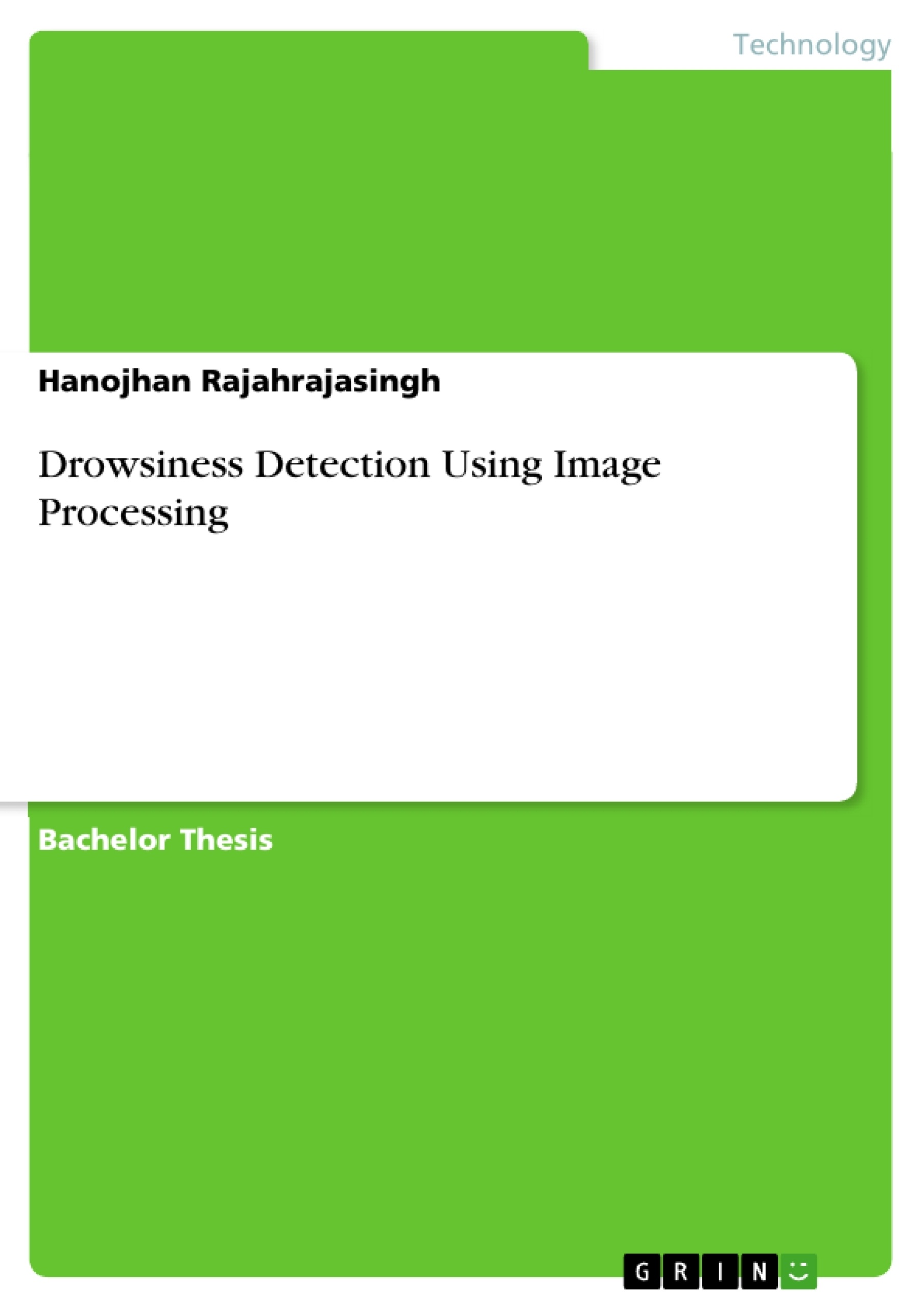This report explains the final project, driver drowsiness detection system. When a driver doesn’t get proper rest, they fall asleep while driving and this leads to fatal accidents. This particular issue demands a solution in the form of a system that is capable of detecting drowsiness and to take necessary actions to avoid accidents.
The detection is achieved with three main steps, it begins with face detection and facial feature detection using the famous Viola Jones algorithm followed by eye tracking. By the use of correlation coefficient template matching, the eyes are tracked. Whether the driver is awake or asleep is identified by matching the extracted eye image with the externally fed template (open eyes and closed eyes) based on eyes opening and eyes closing, blinking is recognized. If the driver falling asleep state remains above a specific time (the threshold time) the vehicles stops and an alarm is activated by the use of a specific microcontroller, in this prototype an Arduino is used.
Inhaltsverzeichnis (Table of Contents)
- Chapter 1: Introduction
- 1.1 Rationale of the topic
- 1.2 Problem identification
- 1.3 Aim and Objectives
- 1.3.1 Aim
- 1.3.2 Objectives
- 1.4 Scope and Limitations
- 1.4.1 Scope
- 1.4.2 Limitations
- 1.5 Report Overview
- Chapter 2: Literature Survey
- 2.1 Types of image processing software
- 2.2 Techniques to identify fatigue
- 2.3 Fatigue identification follow ups
- 2.3.1 Non self-driving mode
- 2.3.2 Self-driving mode
- Chapter 3: Methodology
- 3.1 Conceptual Design
Zielsetzung und Themenschwerpunkte (Objectives and Key Themes)
This report presents a driver drowsiness detection system, a project aiming to improve driver safety by developing a system capable of detecting drowsiness and initiating preventive actions. The system utilizes image processing techniques to identify and analyze driver fatigue, incorporating real-time monitoring and automated safety measures.
- Driver Drowsiness Detection
- Image Processing Techniques
- Real-time Monitoring
- Automated Safety Measures
- Accident Prevention
Zusammenfassung der Kapitel (Chapter Summaries)
Chapter 1 provides an introduction to the topic of driver drowsiness detection, outlining the rationale, problem identification, aim and objectives, scope and limitations, and report overview. Chapter 2 delves into a literature survey, exploring types of image processing software, techniques to identify fatigue, and follow-up actions in different driving scenarios. Chapter 3 focuses on the methodology, outlining the conceptual design of the drowsiness detection system.
Schlüsselwörter (Keywords)
This project primarily focuses on driver drowsiness detection, utilizing image processing techniques such as face detection, facial feature detection, and eye tracking. Key terms include Viola-Jones algorithm, correlation coefficient template matching, PERCLOS, and Arduino microcontroller. The project aims to develop a system that can prevent accidents by detecting drowsiness and initiating appropriate safety measures.
- Citar trabajo
- Hanojhan Rajahrajasingh (Autor), 2019, Drowsiness Detection Using Image Processing, Múnich, GRIN Verlag, https://www.grin.com/document/506703



